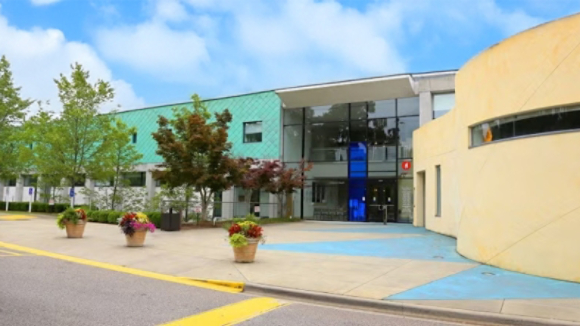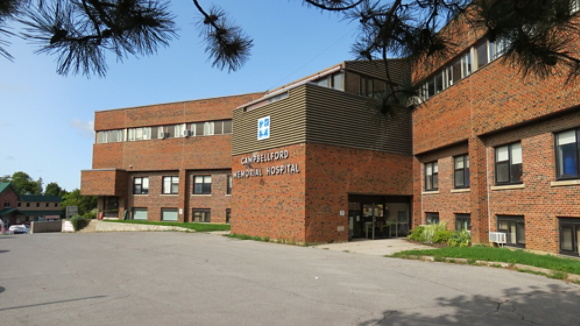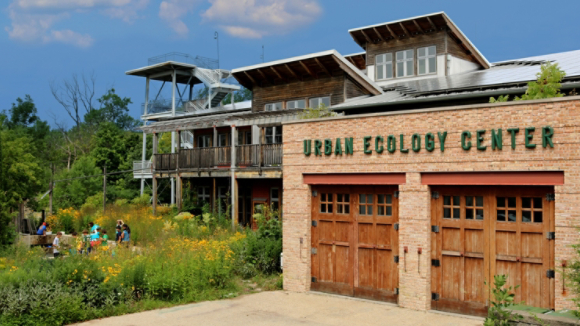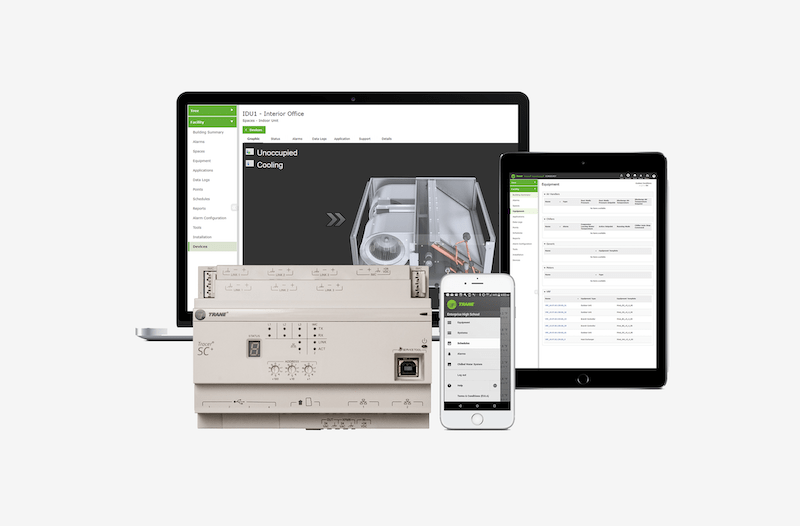Sensors
Input devices that measure data like humidity or room occupancy.
Trane ComfortSite is an extranet site designed to save you time. With your secure login, you can:
This is the login for Trane® Connect™ and other Trane® commercial applications. Trane® Connect™ is our secure, cloud-based customer portal to access your building systems to remotely monitor and manage building systems, and conduct routine maintenance.
Selecting a language changes the language and content on the Trane site.
Latin America
Europe
Asia Pacific
For centralized control of HVAC, lighting and other facilities, a cutting-edge building automation system needs to be in place. Interconnecting building utilities makes monitoring and adjusting
operations easier and more efficient than ever before.
Building automation systems operate as a single computer networking unit to control and monitor building-wide assets.
To do this, they collect, process and adjust information using five main components.
Input devices that measure data like humidity or room occupancy.
The “decision maker” that takes data from the sensors and determines how to respond.
A key part that carries out the controller’s commands.
The language used for each part of the system to “speak” to each other.
Dashboards, screens or other interfaces where users can interact with the BAS and view building data reports.
These parts communicate across platforms, languages and software to perform a desired action. For example, if a building’s sensors detect its humid in the office, the controller would process this data and communicate to the output device to lower the temperature. Once the BAS adjusted the building’s temperature, the user interface would update to display data visually so occupants could review and optimize the building’s assets.
Discover more ways to use building automation in
your facilities with expert-led emails.
Building automation systems are a single-source management solution for accessing data, controlling comfort and gaining visibility into performance. This includes awareness of recent concerns and insights into how to optimize systems via actionable data points. This empowers you to:
Explore Our Tailored BAS Solutions
Seamlessly manage multiple facilities from a single integrated platform. With custom reporting and dashboards, you can get an overview of how your buildings are performing and easily schedule systems from virtually anywhere.
Overseeing large buildings comes with large challenges. Trane’s connected platforms give you a clearer view of your assets so you can implement more autonomous building management.
Small- and mid-sized commercial building automation starts with light commercial applications. From a smart thermostat system installation to upgraded HVAC equipment, there are accessible options.

Customer Story
Children’s of Alabama Systems Upgrades Yield Zero Downtime
October 20, 2025

Customer Story
Campbellford Memorial Hospital and Trane
September 04, 2025



